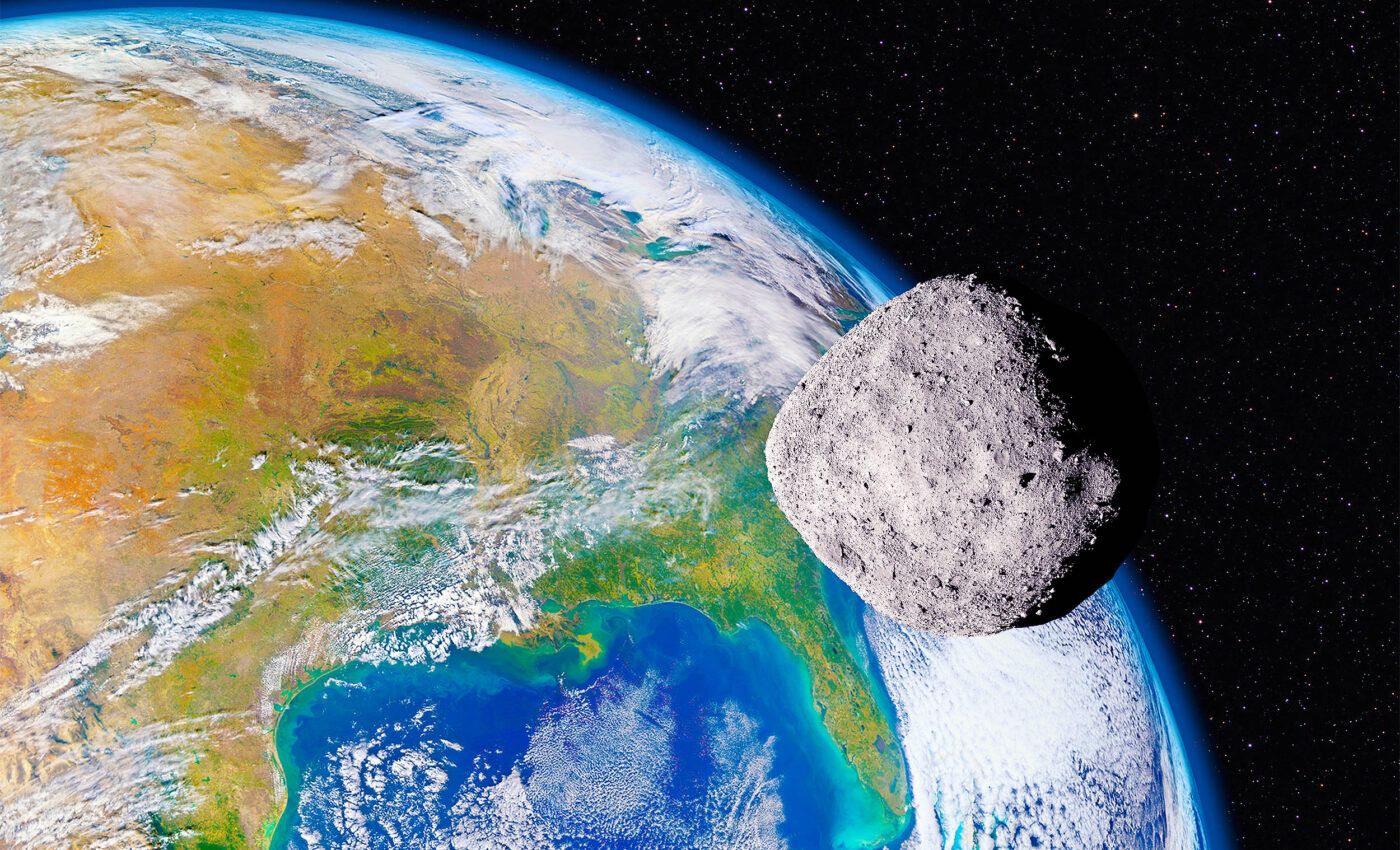
Asteroid Bennu sample examined by NASA hints at life on an ancient ocean planet
The recent analysis of asteroid Bennu samples brought back to Earth by NASA’s OSIRIS-REx spacecraft has unveiled an intriguing possibility.
Scientists believe that these samples may originate from an “ancient ocean world,” potentially laying the groundwork for life as we know it.
The asteroid, known as Bennu, has become a focal point for scientists aiming to understand the early solar system and the origins of life on Earth.
The initial findings from Bennu samples have sparked a groundbreaking theory that could redefine our understanding of the cosmos and the very essence of life’s building blocks.
In October, preliminary results from the analysis of the asteroid samples revealed significant discoveries. Researchers found that Bennu harbored large amounts of water and carbon – elements that are fundamental to the genesis of life.
This revelation led scientists to speculate that asteroids like Bennu could have been instrumental in delivering the essential ingredients for life to Earth.
Asteroid Bennu came from ancient ocean world
The University of Arizona‘s research team has taken this speculation a step further, suggesting that Bennu was once part of a water-rich planet that existed billions of years ago.
The evidence for this comes from some of Bennu’s dark rocks, which are coated in a thin, bright crust.
This crust bears a striking resemblance to materials found on Saturn’s moon Enceladus, known for its global ocean of salty liquid water beneath an icy shell.
The OSIRIS-REx mission, led by principal investigator Dante Lauretta, a planetary science professor at the University of Arizona, has been hailed as a monumental success.
The spacecraft returned with almost twice the amount of asteroid samples than the anticipated 60 grams, providing an unprecedented opportunity for scientific study.
Asteroid Bennu’s parent body
Lauretta’s hypothesis, though still based on unpublished results, suggests that the bright crust on Bennu’s rocks is composed of a rare calcium and magnesium-rich phosphate material.
This material is comparable to that which spews from the vents on Enceladus’s surface, hinting at similar processes possibly occurring on Bennu’s parent body billions of years ago.
This latest theory is supported by similarities in mineralogy between Bennu and Enceladus, as noted by Fabian Klenner, a postdoctoral researcher at the University of Washington.
“There are indeed similarities between the mineralogy of Bennu and what has been found on Enceladus,” Klenner told New Scientist.
The presence of these materials is significant because, on Earth, they form through exothermic reactions when rock is pushed into a seabed and interacts with water.
This process not only suggests the presence of water but also conditions that could potentially support life.
Broader implications and future research
While the researchers are not claiming to have proof that life existed on the planet, the implications of their findings are profound.
The analysis of the asteroid samples could contribute to our understanding of how life started, not just on Earth but potentially elsewhere in the universe.
The similarities between the mineralogy of Bennu and that of Enceladus add an intriguing layer to the notion that life’s origins might be more common in the universe than previously thought.
As the scientific community awaits further analysis and published results, the initial findings from the OSIRIS-REx mission have already ignited a sense of wonder and possibility.
The idea that Earth’s life-building elements could have been delivered from ancient, water-rich worlds like Bennu transforms our understanding of our place in the universe.
More about asteroid Bennu
As discussed above, asteroid Bennu is a fascinating celestial body that is classified as a near-Earth object.
Bennu is a B-type asteroid, which means it contains a significant amount of carbon along with various other minerals.
This composition suggests that Bennu may hold clues to the early solar system’s chemistry.
With a diameter of approximately 500 meters, Bennu orbits the Sun every 1.2 years and comes relatively close to Earth every six years, which makes it an accessible target for space missions. Its surface is rugged and littered with boulders, making landing and sample collection a challenging task.
NASA’s OSIRIS-REx mission, which was launched in 2016, was designed to collect samples from Bennu’s surface and return them to Earth for analysis.
In 2020, the spacecraft successfully touched down on Bennu, collected samples, and began its journey back to Earth.
Bennu is also of interest due to its potential impact threat to Earth. Calculations have shown that there is a small chance Bennu could collide with Earth in the late 22nd century.
However, ongoing observations and studies aim to refine predictions and, if necessary, develop strategies to mitigate any potential impact threat.
—–
Like what you read? Subscribe to our newsletter for engaging articles, exclusive content, and the latest updates.
—–
Check us out on EarthSnap, a free app brought to you by Eric Ralls and Earth.com.
—–













